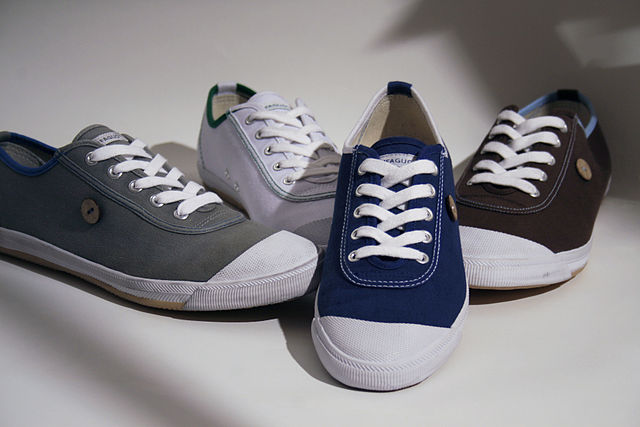Page Summary
-
ML Kit's on-device API enables detection and tracking of objects within images or live camera feeds, working efficiently even on lower-end mobile devices.
-
It offers optional object classification using a built-in coarse classifier or your own custom TensorFlow Lite model for more specialized categorization.
-
The API can identify the most prominent object in an image and track it across frames, making it suitable for visual search applications.
-
Custom models can be integrated to classify objects into specific categories, enhancing the functionality for tailored use cases.
-
Input images are automatically preprocessed to fit model requirements, using bilinear scaling and stretching if necessary.

With ML Kit's on-device object detection and tracking API, you can detect and track objects in an image or live camera feed.
Optionally, you can classify detected objects, either by using the coarse classifier built into the API, or using your own custom image classification model. See Using a custom TensorFlow Lite model for more information.
Because object detection and tracking happens on the device, it works well as the front end of the visual search pipeline. After you detect and filter objects, you can pass them to a cloud backend, such as Cloud Vision Product Search.
Key capabilities
- Fast object detection and tracking Detect objects and get their locations in the image. Track objects across successive image frames.
- Optimized on-device model The object detection and tracking model is optimized for mobile devices and intended for use in real-time applications, even on lower-end devices.
- Prominent object detection Automatically determine the most prominent object in an image.
- Coarse classification Classify objects into broad categories, which you can use to filter out objects you're not interested in. The following categories are supported: home goods, fashion goods, food, plants, and places.
- Classification with a custom model Use your own custom image classification model to identify or filter specific object categories. Make your custom model perform better by leaving out background of the image.
Example results
Tracking the most prominent object across images
The example below shows the tracking data from three successive frames with the default coarse classifier provided by ML Kit.
 |
|
||||||||
 |
|
||||||||
 |
|
Photo: Christian Ferrer [CC BY-SA 4.0]
Multiple objects in a static image
The example below shows the data for the four objects detected in the image with the default coarse classifier provided by ML Kit.

| Object 0 | |
|---|---|
| Bounds | (1, 97), (332, 97), (332, 332), (1, 332) |
| Category | FASHION_GOOD |
| Classification confidence | 0.95703125 |
| Object 1 | |
| Bounds | (186, 80), (337, 80), (337, 226), (186, 226) |
| Category | FASHION_GOOD |
| Classification confidence | 0.84375 |
| Object 2 | |
| Bounds | (296, 80), (472, 80), (472, 388), (296, 388) |
| Category | FASHION_GOOD |
| Classification confidence | 0.94921875 |
| Object 3 | |
| Bounds | (439, 83), (615, 83), (615, 306), (439, 306) |
| Category | FASHION_GOOD |
| Classification confidence | 0.9375 |
Using a custom TensorFlow Lite model
The default coarse classifier is built for five categories, providing limited information about the detected objects. You might need a more specialized classifier model that covers a narrower domain of concepts in more detail; for example, a model to distinguish between species of flowers or types of food.
This API lets you tailor to a particular use case by by supporting custom image classification models from a wide range of sources. Please refer to Custom models with ML Kit to learn more. Custom models can be bundled with your app or dynamically downloaded from the cloud using Firebase Machine Learning's Model deployment service.
Input image preprocessing
If needed, object detection and tracking uses bilinear image scaling and stretching to adjust the input image size and aspect ratio so that they fit the requirements of the underlying model.
